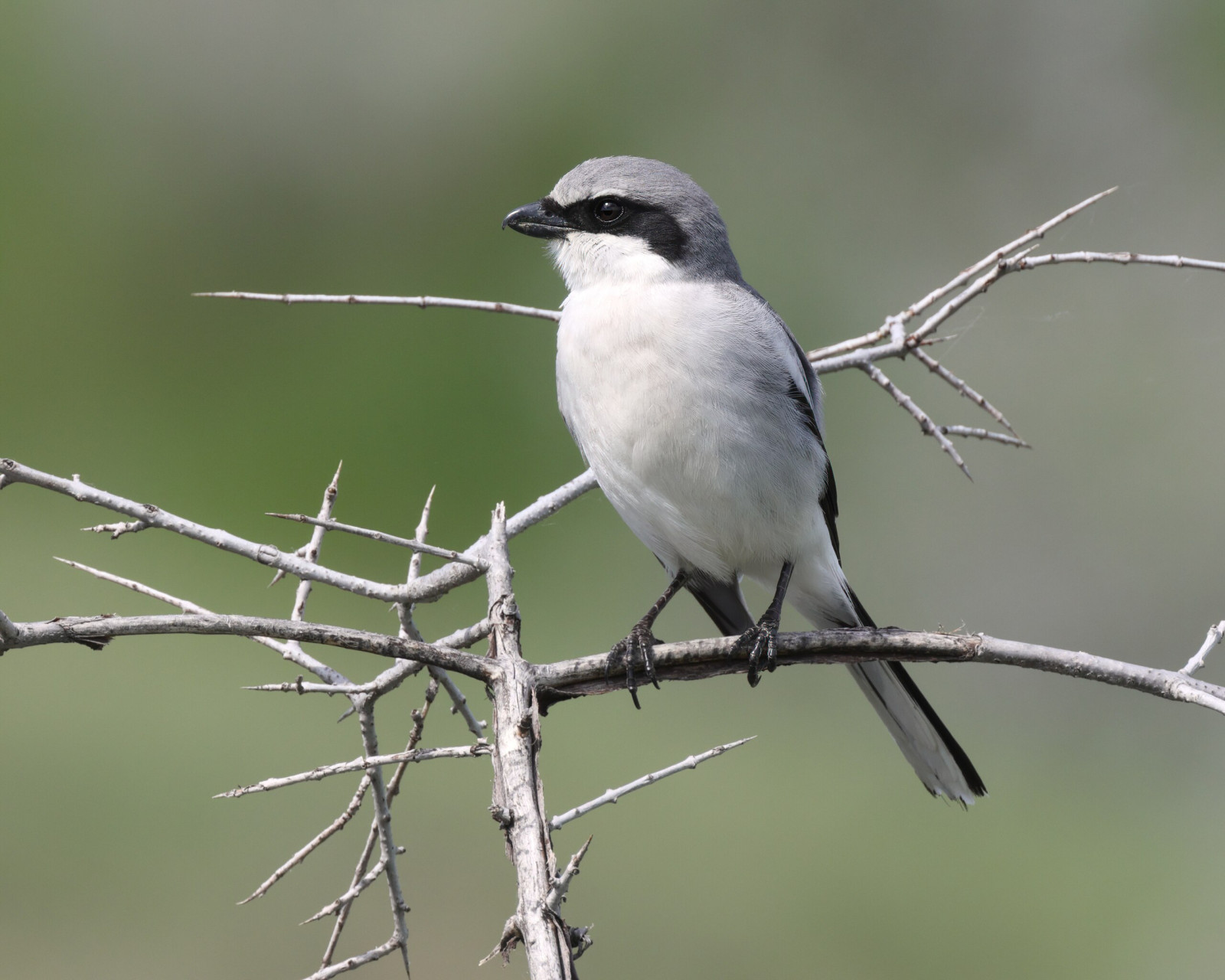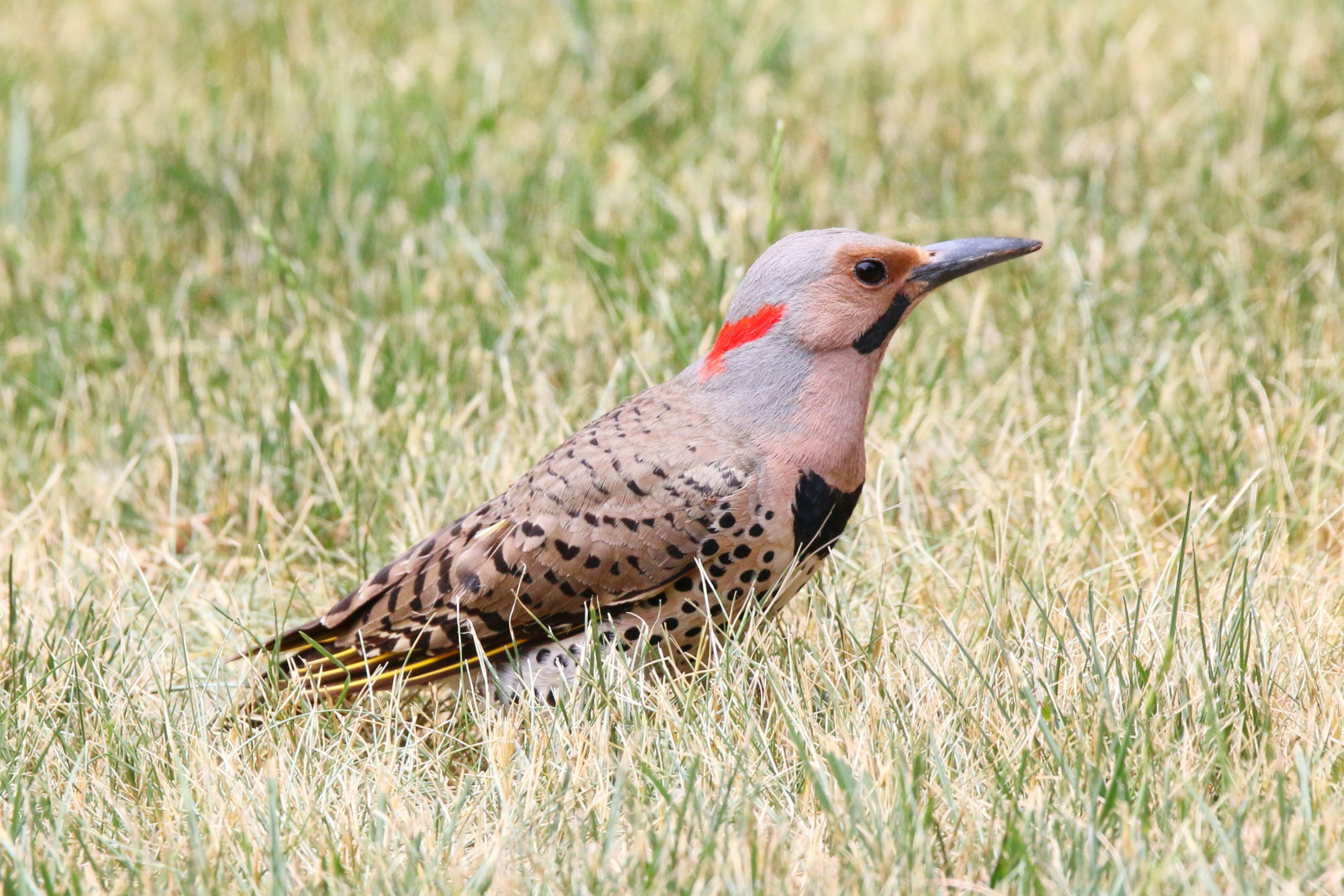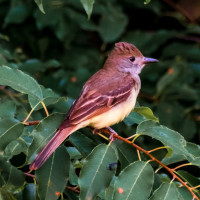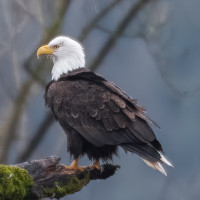Beschreibung
Merritt Island National Wildlife Refuge is famous among birders. The refuge was established in 1963 for the protection of migratory birds. Consisting of 140,000 acres, the refuge provides a wide variety of habitats of dunes, marshes and forest.
Pine Flatwoods Trail is a short trail along sandy fire breaks with the possibility of a loop. The Mosquito Lagoon viewpoint at the shoreline is unfortunately overgrown with brush and there’s barely a view of the water from behind the bushes. So best to do the loop. The trail passes through a terrain largely comprised of palmettos, gallberry bushes, and wire grass, but larger slash pines and scrub oaks grow as well. This is a strange environment because you aren’t in a forest and you aren’t in a desert. The environment is somewhere in between the two. During the fall, winter and spring look for migratory songbirds, raptors, and Bald Eagle. The rare Florida Scrub-Jay is common all year. Good place also for Loggerhead Shrike, Northern Flicker, Red-bellied Woodpecker, Northern Bobwhite, Pine Warbler and Eastern Towhee.
Details
Zugang
Merritt Island National Wildlife Refuge is located on Florida’s Central East Coast about 30 minutes south of Daytona Beach at exit 220 on I 95 at State Road 406. The Visitor Center of Merritt Island NWR is open year round, 8 am to 4 pm Tuesday through Saturday. Closed Sunday, Monday, Thanksgiving, Christmas, and New Year's Day. Refuge roads, trails and boat ramps are open from sunrise to sunset daily. To reach the Visitor Information Center from Titusville, continue 4 miles past the Refuge entrance (remain to your right at the fork in the road) and the Visitor Center entrance sign will be on your right.
Parking for the Pine Flatwoods Trail is available at the trailhead parking off of State Route 3. Click on the P in the map for directions or coordinates to the parking. Bring bug spray due to the number of bugs present in the warm months. The entire trail is exposed to the sun, so be prepared with a hat and sunscreen. You can also make a loop when you return from the Mosquito Lagoon (see the map), which doubles the length of the walk.
Terrain und Habitat
Fluss , FeuchtgebietBedingungen
Sandig , Offene Landschaft , FlachRundweg
NeinIst ein Spektiv nützlich?
Möglicherweise hilfreichGute Beobachtungszeit
GanzjährigBeste Beobachtungszeit
WinterRoute
Normaler WegSchwierigkeitsgrad der Tour
EinfachErreichbarkeit
zu FußBeobachtungshütten oder -türme
NeinZusätzliche Informationen
Photo Loggerhead Shrike by Cephas, CC BY-SA 4.0, https://creativecommons.org/licenses/by-sa/4.0, via Wikimedia Commons

.jpg)


.jpg)


